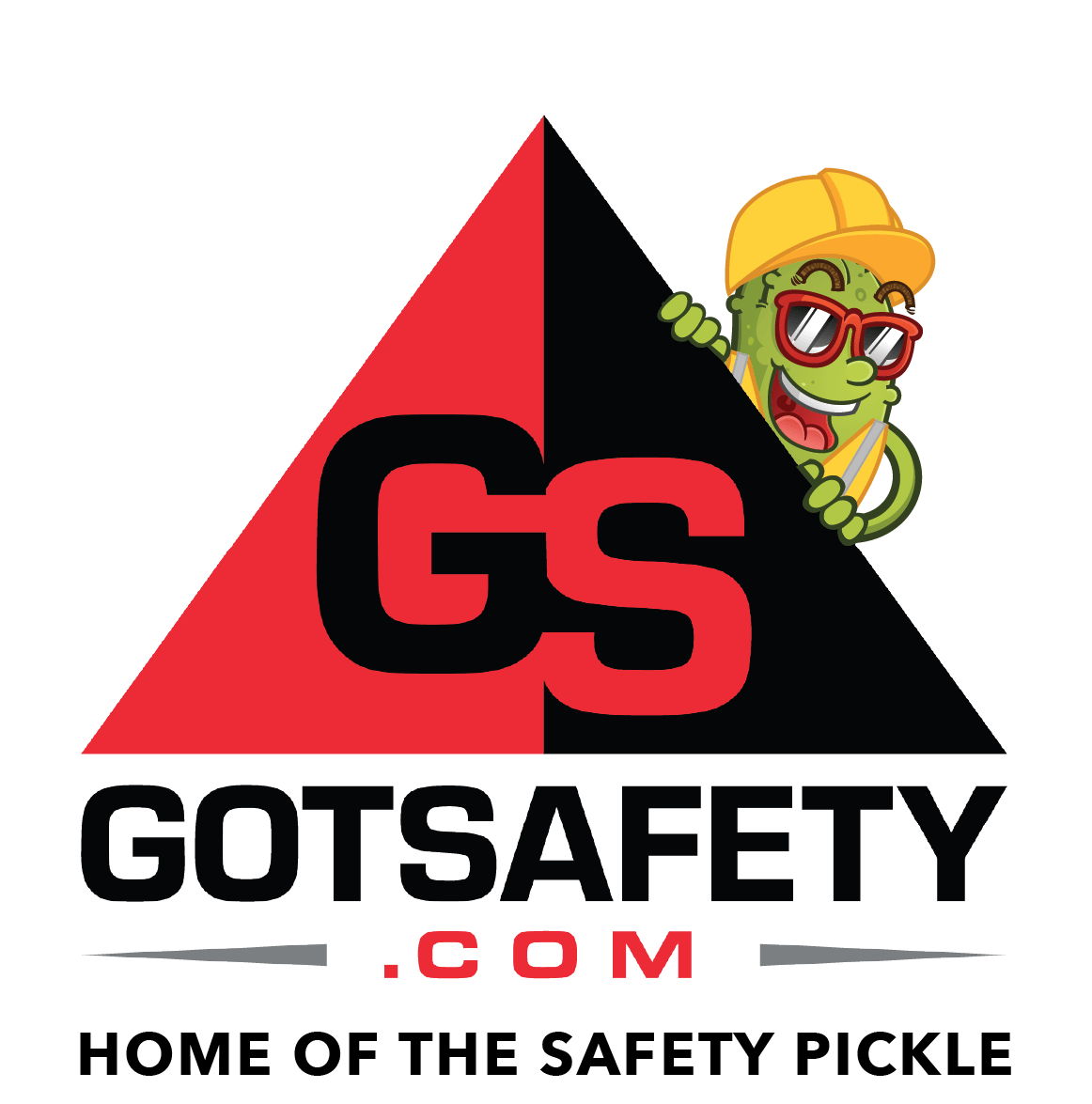The Top 8 Things You’re Missing on Inspections
When it comes to safety inspections, businesses often find themselves in a race against time, striving to meet compliance standards while maintaining smooth operations. However, even with the best intentions, certain crucial aspects can slip through the cracks, potentially leading to violations or unsafe conditions. In this blog post, we will shine a light on the top 8 things that businesses commonly miss during safety inspections. By identifying these often overlooked areas, we aim to provide valuable insights that can help organizations enhance their safety protocols and ensure a secure work environment for employees and visitors alike. Let’s dive into the depths of these overlooked aspects and empower businesses with the knowledge needed to achieve comprehensive safety compliance.
Don’t like lists?
Would you prefer to have someone show you these in person?
GotSafety’s trained and qualified inspectors can show you all of these and more
Click the button below to schedule your free inspection.
Number 1
Fire Extinguishers
Check for anything blocking the nozzles of the fire extinguishers in your facility and ensure that all the tags show the current year. Check the needle to ensure it’s in the green section of the dial. Move anything that is blocking access and make sure nothing is covering the extinguishers.
Number 2
Non-Work Areas
Areas where work does not commence are often overlooked; however, they are a part of the workplace. Ensure thoroughly inspect your break rooms, lounges, lunch areas, kitchens, stairwells, and parking lots.


Number 3
Hidden Hazards
Everyone is aware of such health and safety risks as working at height, with moving machinery, with electricity, or with dangerous chemicals. Since these types of hazards are common and easy to add to your inspection checklist, you may risk overlooking the less obvious ones. Make sure to look into the ventilation system, check behind doors and shelving, and test ground fault circuit interrupter outlets (GFCI’s) where applicable and safe to do so. Be attentive and do more than superficial inspecting of the surfaces.
Number 4
Ergonomic Hazards
When conducting your inspection, be mindful of your personnel, their working conditions, and workspaces. Check if they’re reaching too far for materials, if they use broken chairs or drawers, or if they can’t reach the ground with their feet. All of these are just some examples of potential ergonomic hazards.
Number 3
Hidden Hazards
Everyone is aware of such health and safety risks as working at height, with moving machinery, with electricity, or with dangerous chemicals. Since these types of hazards are common and easy to add to your inspection checklist, you may risk overlooking the less obvious ones. Make sure to look into the ventilation system, check behind doors and shelving, and test ground fault circuit interrupter outlets (GFCI’s) where applicable and safe to do so. Be attentive and do more than superficial inspecting of the surfaces.
Number 4
Ergonomic Hazards
When conducting your inspection, be mindful of your personnel, their working conditions, and workspaces. Check if they’re reaching too far for materials, if they use broken chairs or drawers, or if they can’t reach the ground with their feet. All of these are just some examples of potential ergonomic hazards.

Number 5
Seasonal Hazards
Every season brings some new hazards; winter brings snow and slippery ice, spring brings rain and mud, summer brings harsh sunshine, and autumn brings all kinds of weather. Slips and falls can always happen, so ensure that your Health and Safety Committee is prepared to account for the seasonal hazards in their inspections.
Number 6
JHA (Job Hazard Analysis)
A Job Hazard Analysis is a systematic approach used to identify and evaluate potential hazards associated with specific job tasks or activities. It involves breaking down a job into individual steps and analyzing the potential hazards and risks associated with each step. Be sure to include this in your IIPP, Injury and Illness Prevention Plan.


Violation Number 7
Flexible Cords
Flexible cords can be a great tool for businesses, but they are not a tool one should rely on. OSHA regulations dictate that flexible cords should only be used as a temporary means of power supply. If they are used as a substitute for permanent wiring or are not being used in a temporary capacity, it can result in a violation.
Violation Number 8
Unmarked/mismarked Electrical Equipment
OSHA requires employers to comply with specific standards for electrical safety in the workplace, which include proper marking and identification of electrical equipment. These standards, such as the National Electric Code (NEC), outline the necessary requirements for labeling equipment to ensure safe operations. Failure to comply with these standards by having unmarked or mismarked electrical equipment can result in OSHA citations
Violation Number 7
Flexible Cords
Flexible cords can be a great tool for businesses, but they are not a tool one should rely on. OSHA regulations dictate that flexible cords should only be used as a temporary means of power supply. If they are used as a substitute for permanent wiring or are not being used in a temporary capacity, it can result in a violation.
Violation Number 8
Unmarked/mismarked Electrical Equipment
OSHA requires employers to comply with specific standards for electrical safety in the workplace, which include proper marking and identification of electrical equipment. These standards, such as the National Electric Code (NEC), outline the necessary requirements for labeling equipment to ensure safe operations. Failure to comply with these standards by having unmarked or mismarked electrical equipment can result in OSHA citations

How can GotSafety Help OSHA Inspections?
With over 30 years of experience in the safety industry, GotSafety knows what OSHA inspectors are looking for. We are up to date on all current OSHA regulations and our experience team of onsite inspectors can go through your business location and identify problems and potential hazards before an OSHA citation happens. Let us take the stress out of inspections. Get a free inspection on us!

